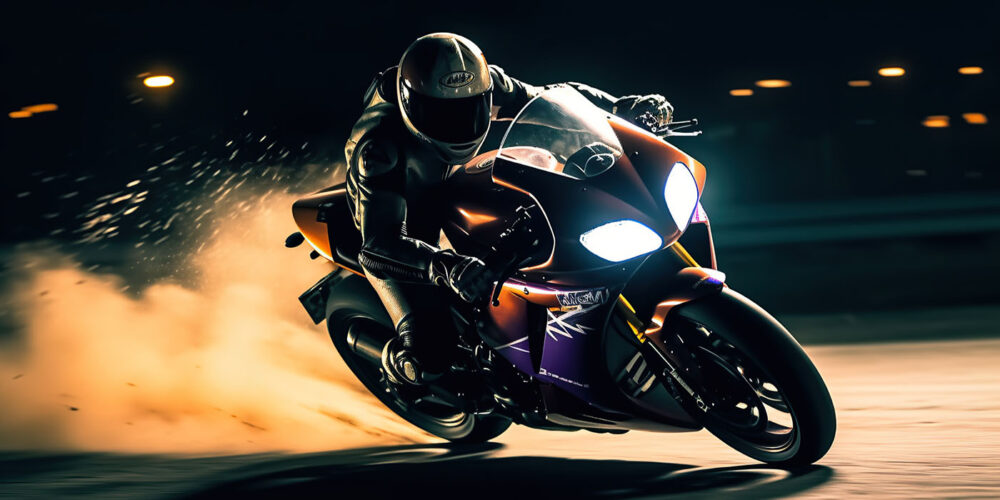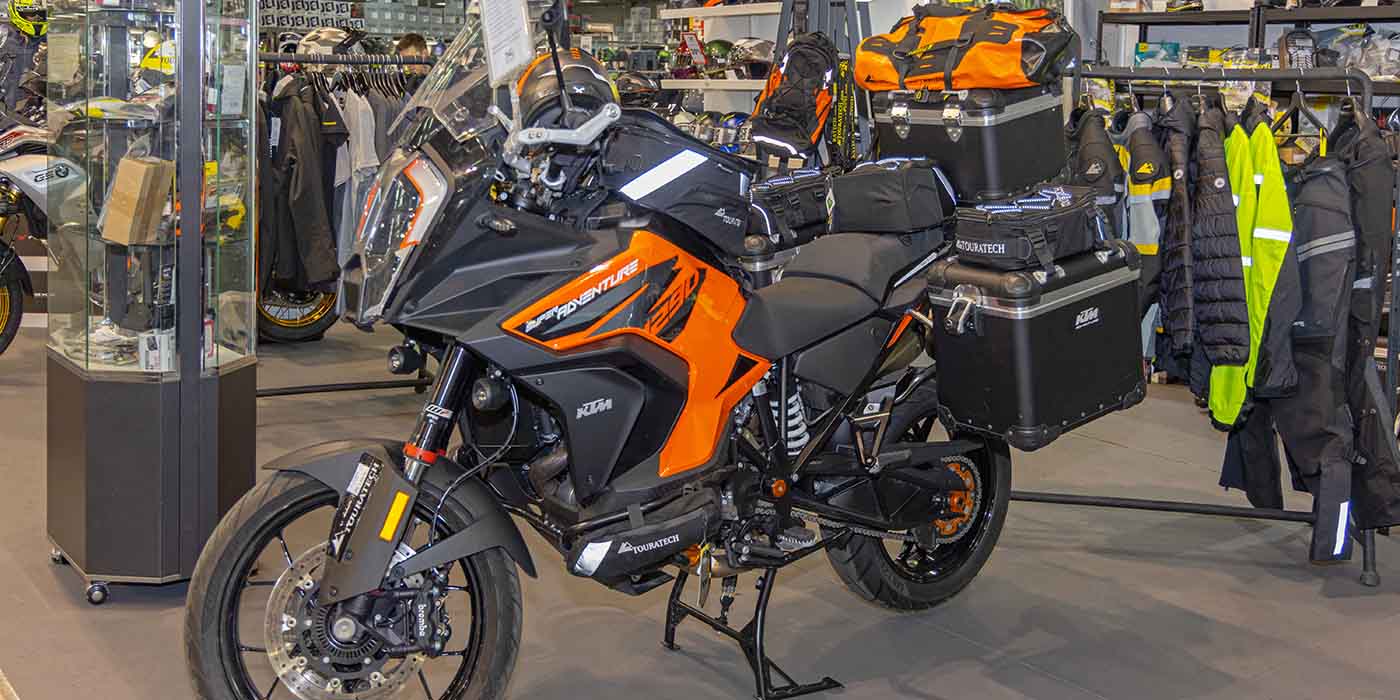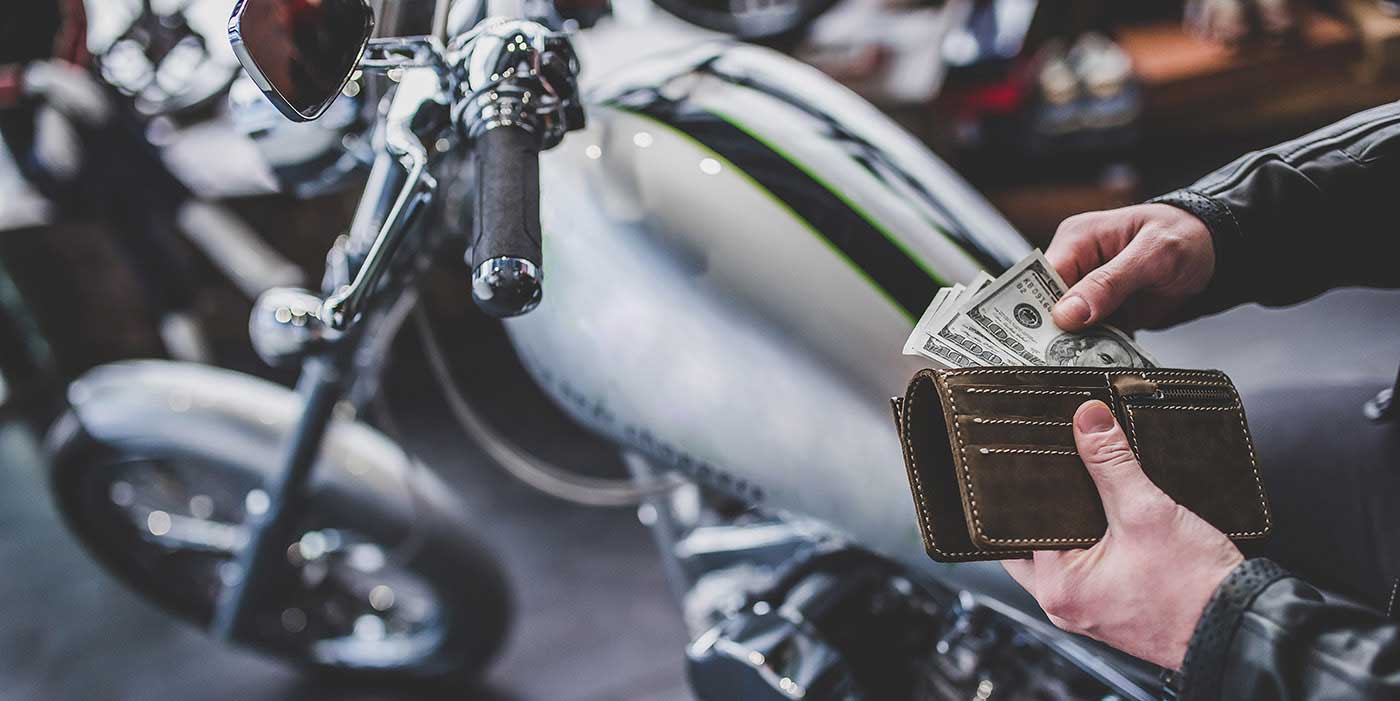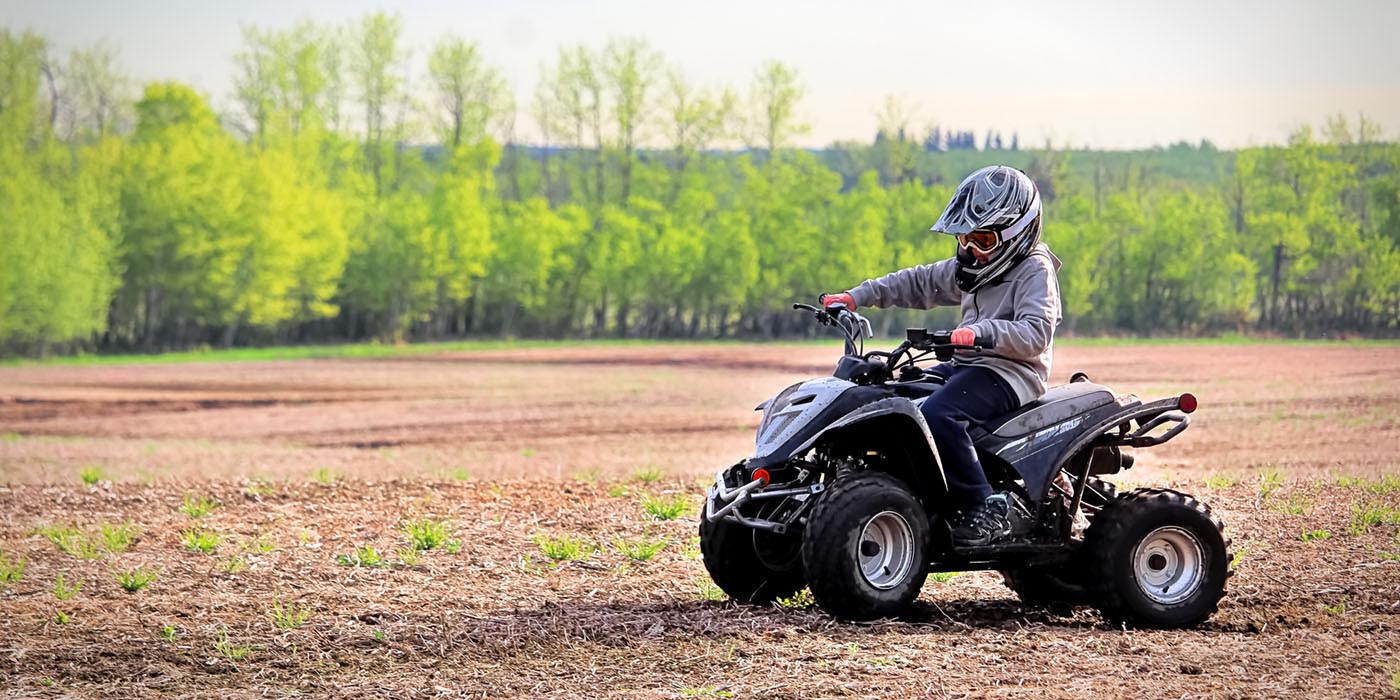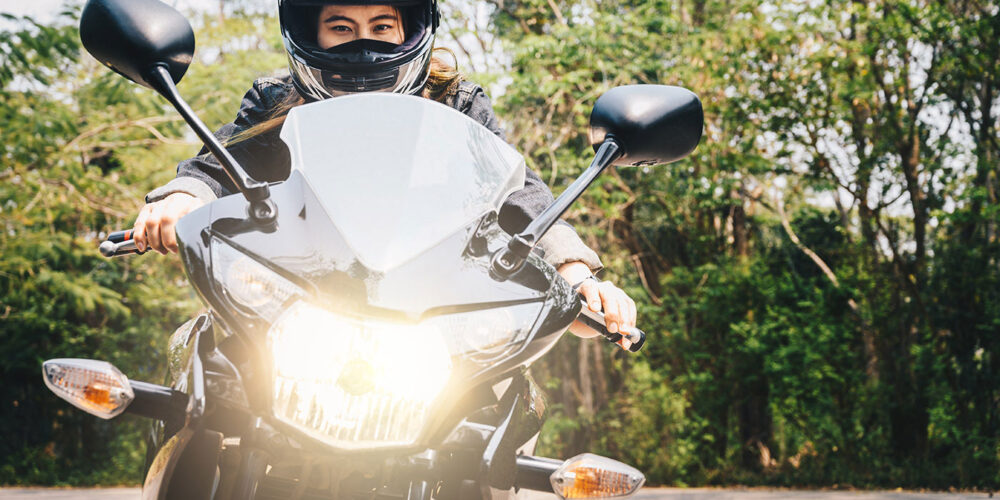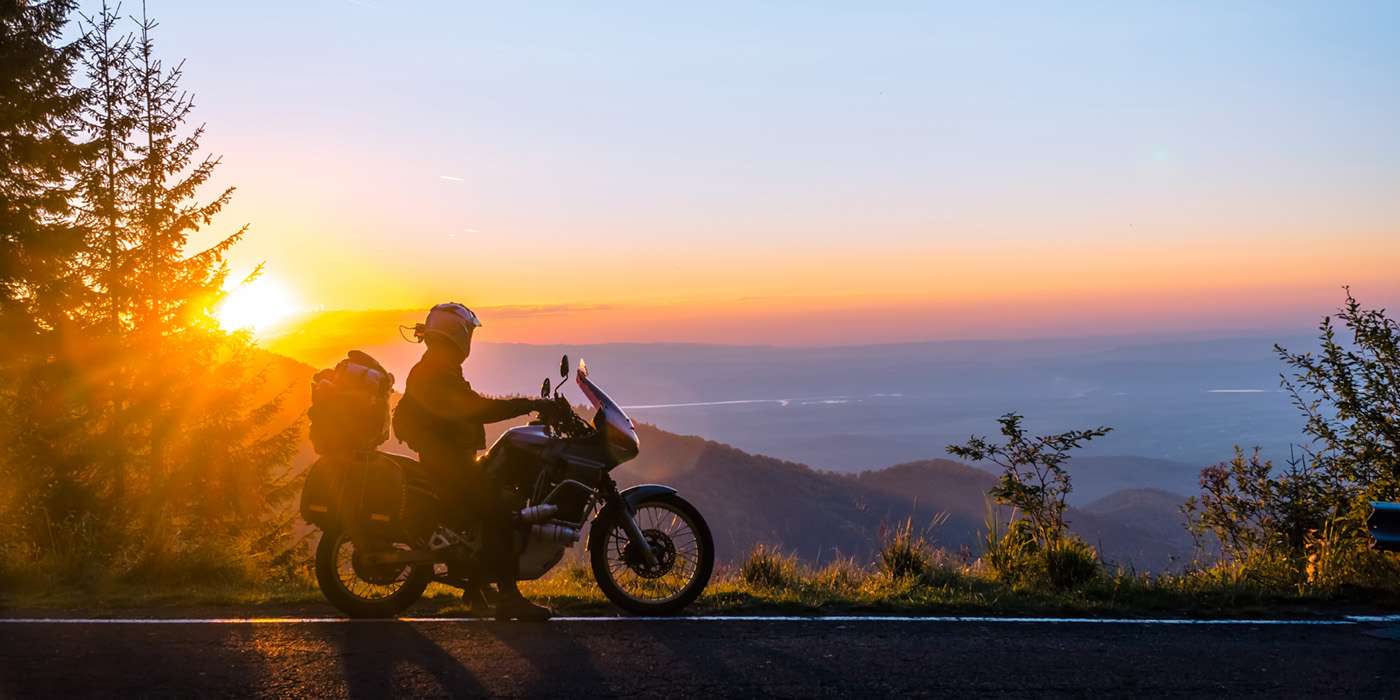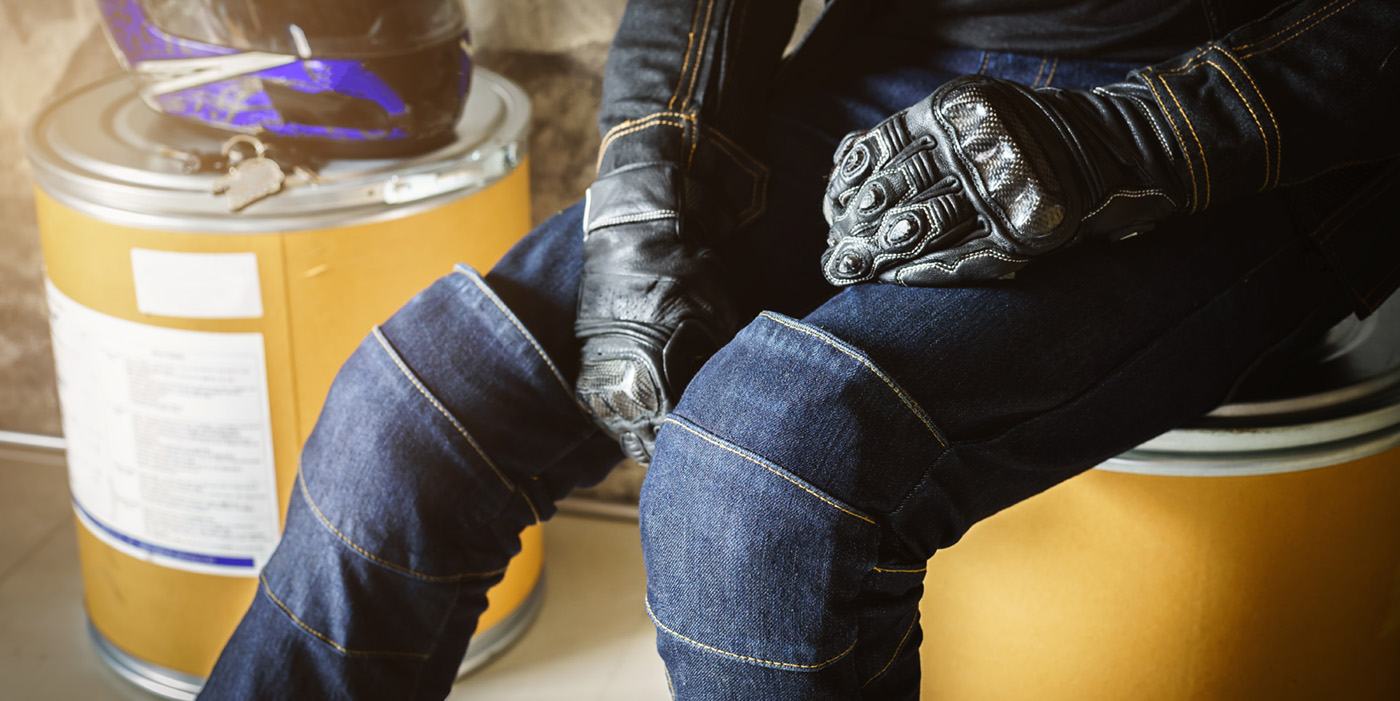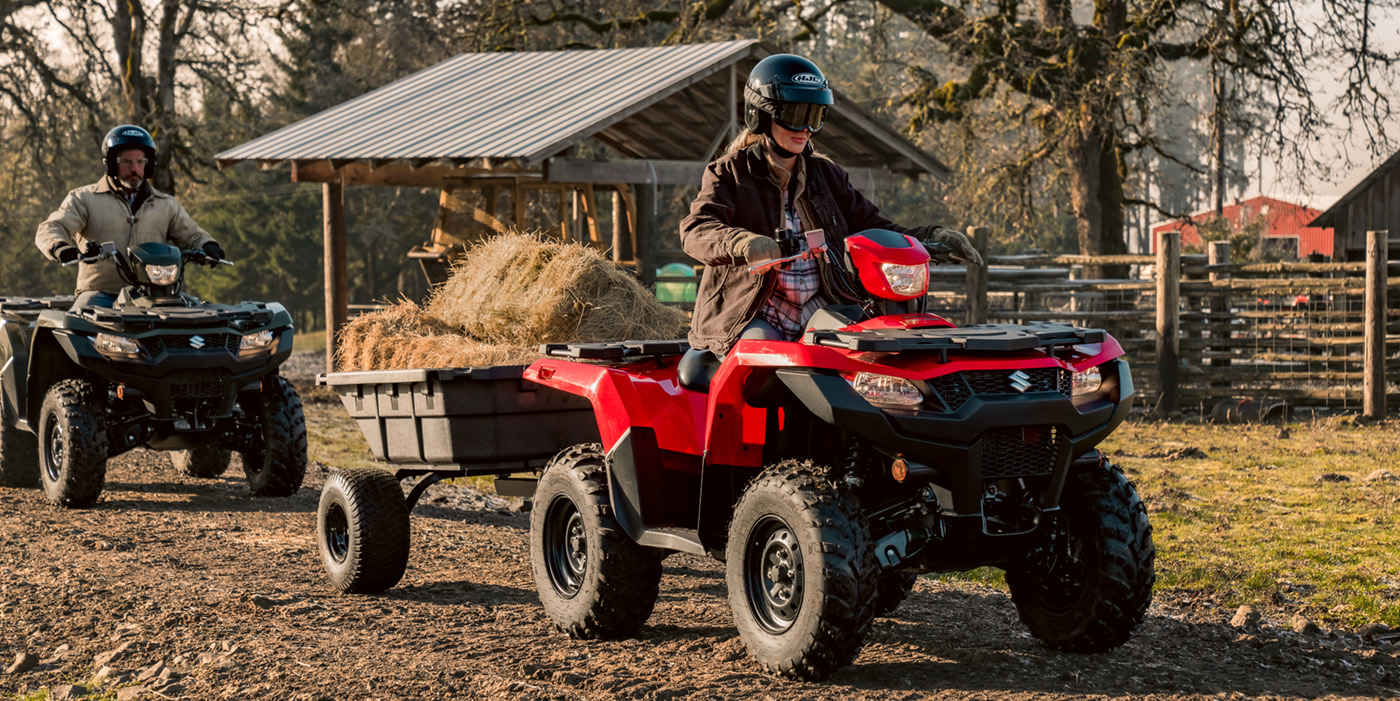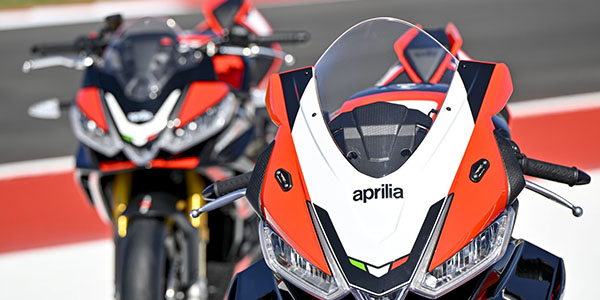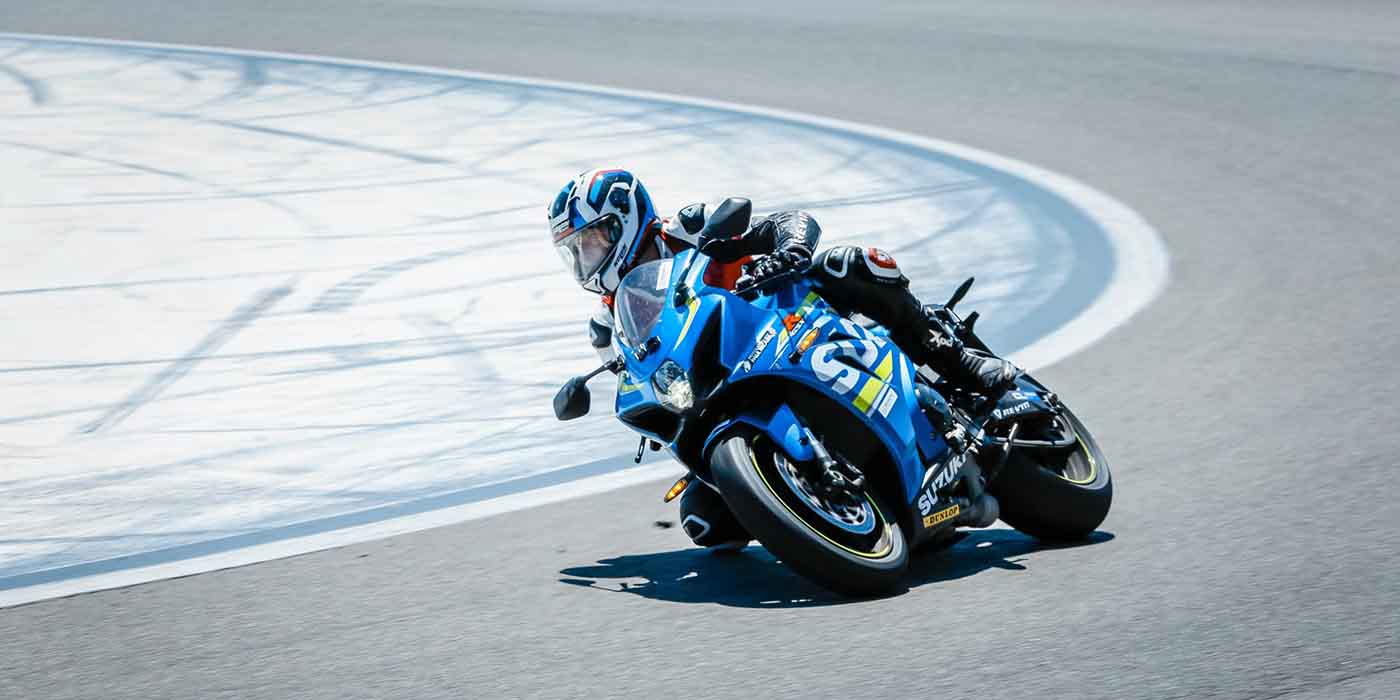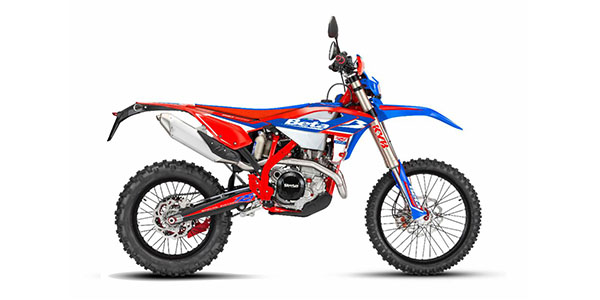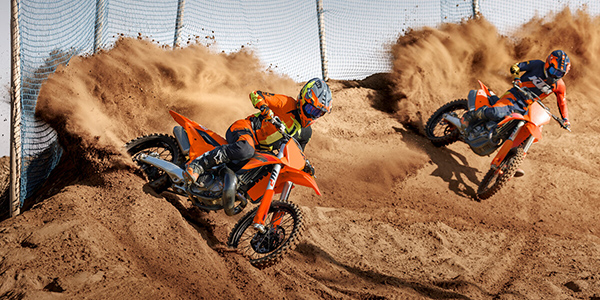One of the draws of motorcycles is that riders want to belong to a community with a shared experience. After all, unlike with cars, while anyone canlearn to ride a motorcycle, not everyone does. This shared experience is a choice in the pursuit of passion.
Of the millions of motorcyclists in the world, there are various subsets that create even more niche communities: cruisers, tourers, adventurers and sportsters, to name a few. Of the on-road communities, sport bike riders differentiate themselves from the rest of the crowd. While cruisers aim for an aesthetic and tourers want to enjoy the journey, they both take a more relaxed approach to riding. Sport bike riders, on the other hand, are looking to show off their skills with an aggressive posture and a higher desire for speed.
The Need for Speed … and Tech
“Sport bike riders often want to be or be perceived to be riders that value speed and precision and possess the skills to use the bike they are riding in the manner in which it was meant to be ridden,” say representatives of BMW Motorrad USA.
There are plenty of riders out there who want to push themselves to the limit, as evidenced by the success original equipment manufacturers (OEMs) enjoy. Suzuki, for instance, prioritizes the sport bike segment, offering a full range of bikes from the 250cc range up to its flagship model, the 1,300cc Hayabusa. Meanwhile, BMW Motorrad USA states that the S 1000 RR and M 1000 RR are consistently top sellers for the company, and in 2022, accounted for 14% of its total revenue.
While these riders have always looked for bikes with good performance and rideability, today they seek new tech to enhance those qualities. For instance, Felix Teodoro, communications specialist for Suzuki Motor USA, LLC, notes that sport bike riders are looking for anti-lock brakes (ABS), traction control, quick-shift and power modes, in particular.
“For the extra money, they are willing to pay for an IMU [inertial measurement unit] that gives access to cornering ABS, cornering traction control and several riding aids that are included on our flagship Hayabusa that help build rider confidence,” Teodoro explains. In this way, riders can focus more on riding (or racing) and less on how the bike is behaving.
Sport bike riders also invest heavily in “genuine” accessories from the OEMs. According to Teodoro, Suzuki riders enjoy fuel tank pads, tank bags, color-matched seat cowls; on the BMW Motorrad USA side, riders look for exhaust systems, carbon wheels, seats (lower, higher and comfort) as well as controls (clutch and brake levers as well as foot control levers. Teodoro adds that popular aftermarket accessories in sport bike culture include exhausts, fender eliminator kits and LED lighting.
Because of the technical precision they desire, sports bike riders most often live in urban areas, where active riding, tight turns and proximity to tracks can put their prowess to the test. However, riding with such an aggressive posture already puts strain on the body, so nowadays, riders are looking for sport bikes that are more comfortable, according to Teodoro.
From the OEM standpoint, what’s trending in today’s sport bikes depends on the size of the motorcycle – and the government regulations in place.
According to BMW Motorrad USA, “1,000cc sport bikes are slowing down the increases of power while doing their best to manage newer and tougher noise and emissions regulations. Because of this, more rider aids are being used too, so the typical rider can get the most out of their experience. Smaller cc sport bikes have gravitated towards multi-cylinder bikes (usually two- or three-cylinder engines), where they used to be strictly four-cylinder bikes.”
Of course, there’s another major trend looming on the horizon: electric sport bikes. It’s not a matter of “if” but “when” they’ll arrive.
Where Are We on the Road to EV?
As we’ve reported before, most longstanding motorcycle OEMs have been slow to announce electric vehicle (EV) products; newer startups appear to be the ones currently pushing out these niche products. The powersports industry has traditionally lagged behind the automotive industry, and since EVs are only starting to make a visible impact on the road, it makes sense that powersports would not have caught up yet. In addition, with so much of motorcycle culture being tied to the sensory experience — including the sound of an engine — the bar for EV adoption in the industry is already set high. However, the anticipation is there.
“Most sport bike riders appear to be excited and look forward to what the world of electric motorcycles will bring to the sport bike world,” BMW Motorrad USA states. “The performance alone, due to instant torque, is incredibly enticing. For now, there simply are not many options that truly fulfill the needs of most sport bike riders at a price most can afford. This will change in the next few years.”
Related: The Future of Motorcycles: ICE vs. EV
With other electric powersports companies seeing more and more success in recent years, it was only a matter of time before the big-name OEMs started announcing their plans. For instance, last fall at EICMA, Kawasaki revealed its “Go Green with Power” initiative, announcing that both Z and Ninja battery-electric vehicles (BEV) will be available later in 2023 in the market. In addition, the company is researching hybrid-electric vehicles (HEV) as well as hydrogen-powered display engines for the Ninja H2 platform in particular.
Honda announced last year that it is developing three large “FUN” EV models that will be released by 2025, with the goal of complete carbon neutrality in all its products by 2050.
According to Teodoro, “Suzuki knows that there is growing interest in alternative fuel motorcycles, including electric sport bikes. The company is actively exploring these alternative fuel/electric designs and are confident to state that we will have products available in the future.”
From 2023 to 2026, Ducati will be the sole supplier of motorcycles for the FIM Enel MotoE World Championship. With this project, Ducati is studying future motorcycle technology, investing and experimenting with battery technology to build an electric sport bike with the weight, performance and range that enthusiasts expect.
Of course, as these companies look to the future of electric motorcycles, they have to deal with specific concerns, especially about what consumers are looking for. Yet, those issues are the same they always have been: performance, reliability and rideability.
“Even with an electric drivetrain, a sport bike still has to stir the soul,” BMW Motorrad USA concludes. “This will come not from an exhaust note, but from looks/styling and performance. For the foreseeable future, range will remain an issue in most riders’ minds, even though most will not actually need the full range before a public or private charging station will be available. The battle will continue between providing enough battery power/supply and reducing weight for better handling/performance.”

